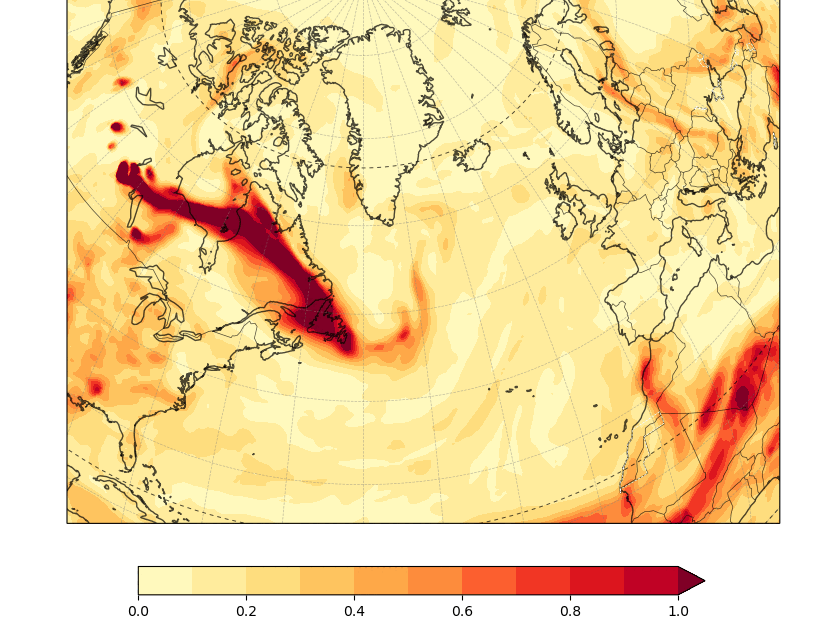Smoke from Canada’s intense wildfires has traversed the Atlantic Ocean, reaching Europe, according to the Copernicus Atmosphere Monitoring Service (CAMS). This transatlantic smoke transport is a testament to the scale and intensity of the ongoing fires in Canada.
CAMS reports that a substantial smoke plume crossed the Atlantic in late May, arriving in northwestern Europe by June 1. While the smoke is primarily at high altitudes and is not expected to significantly affect surface air quality, it has led to hazy skies and vivid sunrises in parts of Europe.
The Canadian wildfires have been particularly severe this season, with over 200 active fires, more than half of which are out of control. These fires have forced thousands to evacuate and have emitted significant amounts of carbon into the atmosphere.
The long-range transport of smoke from wildfires is not unprecedented. Similar events have occurred in the past, notably during the 2023 Canadian wildfires and the 2017 wildfires in British Columbia. These events highlight the global reach of wildfire emissions and their potential impact on air quality and climate.
CAMS continues to monitor the situation, providing data and forecasts on the movement of smoke plumes and their potential effects. This information is crucial for understanding the broader implications of wildfires and for informing public health responses.



